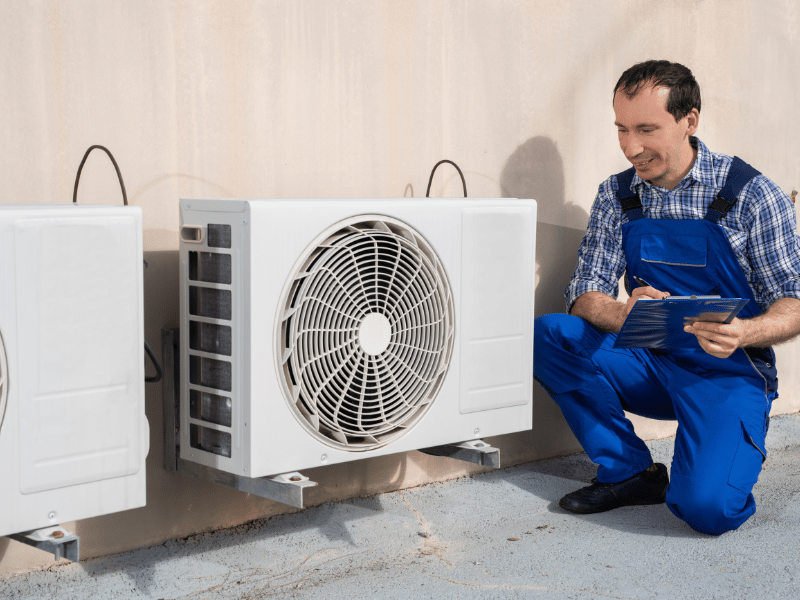Till the 1970s, not much attention was paid to home insulation or energy efficiency. However, as the heating costs began to rise exponentially, people began to think of ways to improve energy efficiency and improve their home insulation. It was realized that sealing all the drafts was the best way to avoid energy wastage. The buildings being constructed were made as airtight as possible. While this reduced energy consumption, it also impacted home ventilation.
Why is ventilation necessary?
By preventing fresh air from entering your home, you reduce the air quality, making it stale. Humans breathe in oxygen and breathe out carbon dioxide. When a home is completely sealed to increase energy efficiency, it stops oxygen from entering the home and carbon dioxide from flowing outside. Moreover, daily activities such as showers, laundry, and cooking generate a lot of moisture, which creates condensation. This can promote mold growth. You may think that opening a window is the easiest way to let in the fresh air, but this will increase the load on your heating and cooling system.
Exhaust fans work well to ventilate specific areas of the house but you need a whole house ventilation system that blows polluted air out of the house and replaces it with fresh air and at the same time warms up this air. This is precisely what heat recovery ventilators do for your home.
What are heat recovery ventilators?
The whole house heat recovery ventilator works continuously to extract stale and moist air from inside the rooms and supply filtered and fresh air. The heat exchanger recovers up to 90% of the heat in the air to heat the fresh air.
A heat recovery ventilation system is one of the best ways to improve indoor air quality without increasing the heating and cooling costs or creating uncomfortable indoor situations. Heat recovery ventilators have filters that remove many pollutants from the air. High filters can even remove small particles such as pollen, smoke, mold spores, and others from entering your building.
Benefits of installing a heat recovery ventilator
Improved health of residents due to fewer pollutants
According to the U.S Environmental Protection Agency, indoor air is almost 2-5 times more polluted than outdoor air. Indoor air quality is considered one of the top environmental risks to human health because we tend to spend over 90 percent of our time indoors. A heat recovery ventilation system can significantly improve indoor air quality and reduce the allergens in the air. This can bring huge relief to those struggling with allergies or respiratory issues.
Reduces humidity levels
If you notice condensation on your windows, it’s a sign of high humidity levels inside your building. This can cause mold growth and other problems that can damage your building, furniture, and even appliances. A heat recovery ventilator can keep the humidity levels under check.
Saves energy and money
A heat recovery ventilation system can reduce your energy consumption considerably by reusing the heat that is usually lost by opening windows for ventilation or through drafts. This can translate into considerable cost savings. It can also extend the lifespan of your HVAC system by reducing the load on the system and minimizing wear and tear. This means it will break down less often and serve you longer.
Are you considering investing in a heat recovery ventilator? Get in touch with our team for more information. We are committed to helping our clients find energy-saving solutions.
